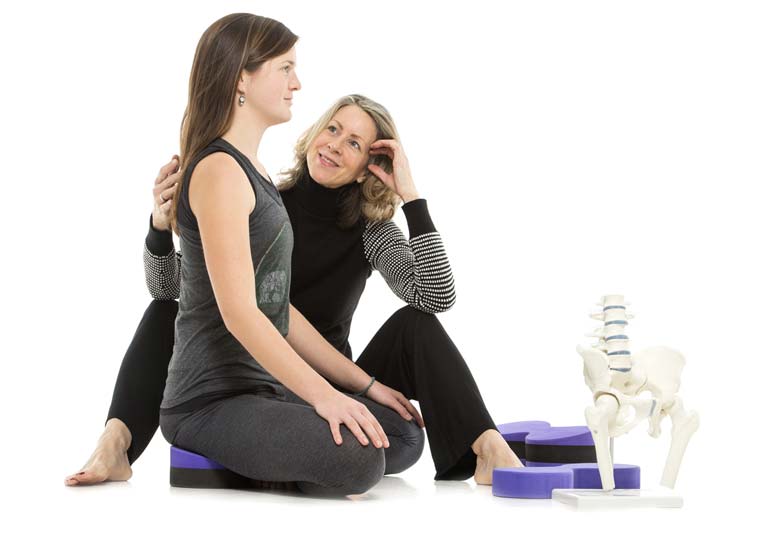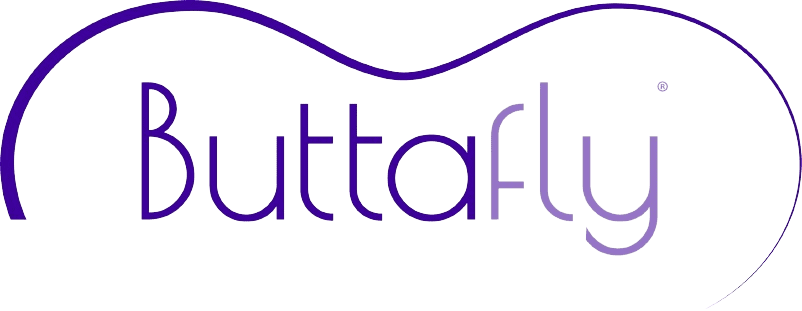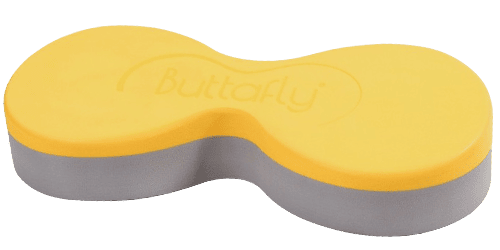Self Care with the Buttafly Technique
Whether you’re seeking relief from pain, physical wellness, mental clarity, or emotional balance, the Buttafly is here to elevate your health and help you soar to new heights.
The following instructions have been written for your safety and comfort, and ultimately your success in treating yourself with the Buttafly Technique.
For maximum benefits, please follow them.
You may be surprised to discover how many people do it their own way only to find out it doesn’t work so well!
For general information about the Buttafly Technique, what it is and who it’s good for, please go to The Buttafly Technique for Back Pain Relief Posture Correction and Greater Vitality

Important Information
Equipment
What To Wear
Wear comfortable clothing. Avoid tight trousers, jeans, and belts. Empty your back pockets!
Your Environment
For best results, you should feel comfortable and safe during the treatment and be able to relax fully. If possible, switch off your phone and make sure you won’t be disturbed.
How Long and How Often?
We recommend doing the Buttafly Technique at least once a day for between 5 -30 minutes. There’s no prescribed length of time – experiment to find out what works best for you.
Contraindications
Do not use the Buttafly Technique for the first time if you are suffering from any of the following conditions unless under the guidance of a healthcare professional:
Before You Get Started
One of the most helpful things you can do before embarking on a new self-care routine is to make an assessment as to where you are now. This gives you a baseline for comparison that can be used at the end to help determine your next steps.
Here’s a downloadable copy of the form I ask all my clients suffering from back pain to fill out at their first appointment. It’s also the one recommended for those committing to the 7-Day Challenge.
Find Your Sacrum
We recommend you take the time to familiarise yourself with the whereabouts of your sacrum and tailbone in sitting or standing before doing the Buttafly Technique for the first time.

Put your hands on your hips and let your thumbs come into the midline. They will be over the lower lumbar vertebrae.

Then, keeping your thumbs together, turn your hands and let your index fingers meet in the midline. They will be over the lower end of the sacrum. If you turn one hand over again, you should find that you can nicely cup your sacrum and your middle finger will come to rest over the top of your buttock cleavage.

When you are in supine lying, the Buttafly is placed so that your sacrum and tailbone rest in the indent.

- Use the Buttafly logo side up;
- Position the Buttafly so the high side is towards the feet;
- Ensure that the sacrum, and tailbone are free of direct pressure.
Step 1
Settling

Having prepared your environment, and got your Buttafly ready by your side, lay down on your back, if possible, with your legs extended. Rest your arms wherever comfortable – you may like to use pillow under your elbows.
Take a moment to relax and notice how your body feels on the floor.
If you are uncomfortable laying flat and prefer to bend your knees, please do so. Support them with at least one or, more likely, two pillows. It is essential that your legs fully relax.
Your neck should be nice and long, with your chin resting towards your throat. There’s no need to force a double chin though – use a small pillow for comfort if required.
Whatever support you need at this point will likely change once the Buttafly is in position or at some point during the Technique as the spine releases along its whole length.
When you are new to doing the Buttafly Technique, we strongly recommend taking this time to settle – it will help you develop an awareness of the changes in your back and throughout your body.
Step 2
Placement of the Buttafly

Place one or two pillows under your knees if you haven’t already done so.
Pick up the Buttafly with the high side towards the feet, and hold it in one hand so you can read the logo.
Then one by one bend your knees up. Push through your feet to lift your bottom and come into a bridge position. Always thread the Buttafly under the thighs and slide up to underneath the lower half of your buttocks.
Make any small adjustments for the Buttafly to feel symmetrical and for your buttock flesh to be evenly distributed.
When you are ready, straighten your legs, one at a time.
Step 3
Bring Your Awareness to Your Low Back

Does it feel in a neutral position?
If the low back feels like it is being pulled into an over-arched position, then:
- EITHER, the Buttafly is positioned too high so that the sacrum is resting ON IT instead of floating in the indent. When doing the Buttafly Technique for the first time, most people place the Buttafly too high. Try moving the Buttafly down one millimetre at a time until your low back feels neutral;
- OR, if you’re sure the Buttafly is in the right place, but still feel the low back is being pulled into an over-arch, you likely just need more support under your knees. Some people enjoy the feeling of a gentle stretch however, we recommend that you use as many pillows as necessary so that there is no stretch at all.
If the low back feels like it is slumping toward the floor:
- Move the Buttafly up one millimetre at a time until it feels in the natural or neutral position. A tiny amount makes all the difference.
- Check how it feels with less support under the knees – you may need just one pillow.
Feel confident to make as many small adjustments as necessary to find the ‘sweet spot’ where the Buttafly feels just right.
Remember, If you have back pain or sciatica already, the pain should not worsen.
Throughout the Technique, continue to monitor and adjust the position of your neck to ensure comfort. The spine releases and realigns along its whole length from head to tail.
Stay in position for as long as feels right – this may be 5, 10, or even 20 minutes. With repeated use, you will come to know what is right for you. Likely, it will vary each time.
Step 4
Coming out of position
When you are ready to come out of position, bend your knees one by one by sliding your feet on the floor, lift your bottom, and remove the Buttafly.
Lower your bottom and one by one, extend your legs, either keeping the pillows under your knees or gently pushing them to one side with your feet. Avoid jerking the legs.
Step 5
Rest and Heal
Do not skip this step – it’s an essential part of the healing process.
Let your body rest for at least 5 minutes.
While still lying down, notice how you feel. Let yourself move in any way that feels right for you. You may wish to bend your knees up to your chest or roll over onto your tummy.
When you’re ready to get up, turn onto your side and spend a moment or two there, then use your hands to push yourself up into sitting. Avoid using your tummy muscles to sit up.
Drink some water.
To build up your experience of this practice, you may find it helpful to keep a record of how long you were in position and how you felt afterwards.
"The body has a deep intelligence and the capacity to bring itself back into balance. That said, we rarely, if at all, consider how this applies to the spine and posture. But it does, and the Buttafly Technique harnesses it beautifully.”
— Loulou James, MCSP
Spinal Health Specialist with 30 years of physiotherapy experience and creator of the Buttafly.
Would You Like Help?
If you’re not sure that you’re doing the Buttafly Technique correctly or are not getting the desired results, we recommend booking a consultation.
Feeling confident about what you’re doing is important. The Buttafly Technique supports the wisdom in your body, the intelligence that organises your entire physical existence, and the mood and attitude one brings to the practice of it is inseparable from the results.


Would You Like To Deepen Your Healing Experience?
Over the past 8 years, I’ve developed the Buttafly Technique based on my own experiences as well as those of others. Today, I offer complementary practices including breathwork and guided meditation to deepen the healing experience. These make up an essential part of my daily self-practice, and I’m delighted to share them in face to face and online consultations, workshops, and retreats.
This exciting development for the treatment of back pain has been developed by me, an intuitive and highly experienced therapist with 30 years of physiotherapy experience in the NHS, the military, and private practice.
It’s how I cured her own back problems after fracturing her spine in a roller-blading accident. Since then, I’ve gone on to use it with the majority of my clients and find that everyone feels the benefit.
Wishing you fabulous health.




